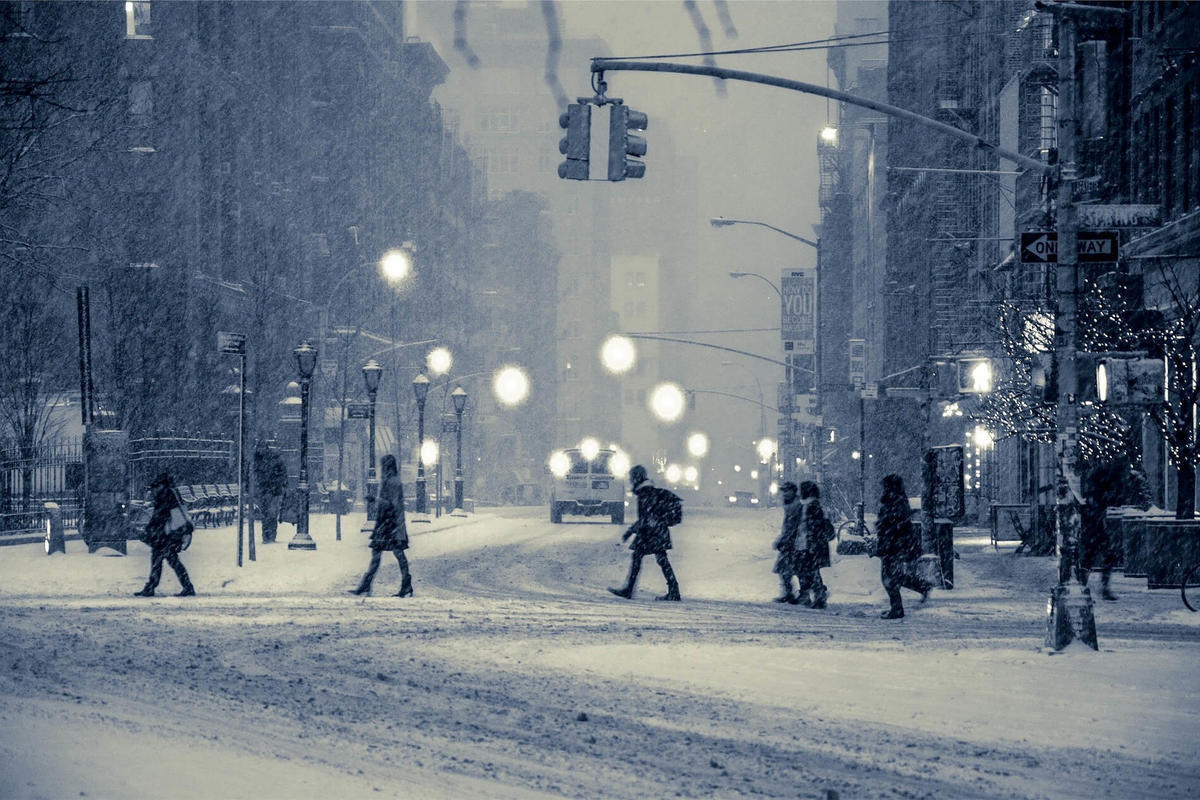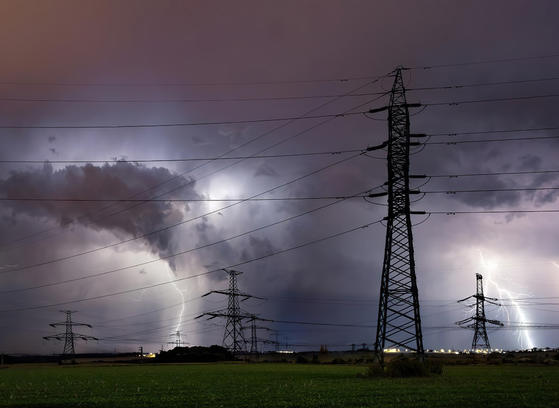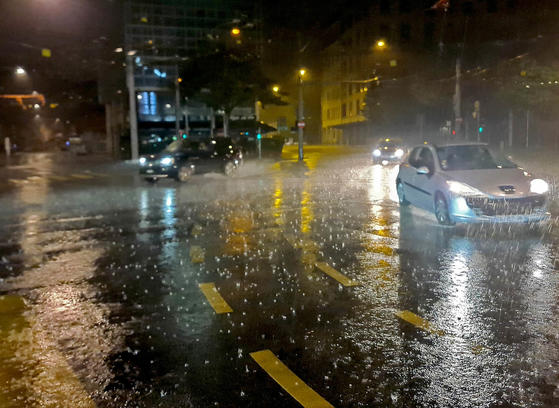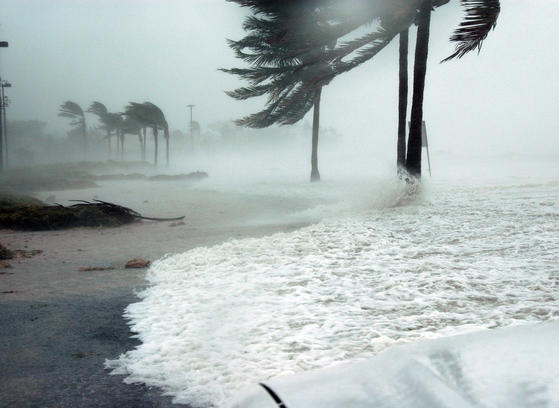According to the North American Electric Reliability Corporation’s 2023-2024 Winter Reliability Assessment, a large portion of the U.S. faces an elevated risk of blackouts due to extreme winter weather. This is the latest in a long line of utility winterization and cold weather power outage reports conducted in the sector during and following headline-grabbing blackouts like 2021’s Winter Storm Uri – which saw more than 4.5 million Texans lose power and at least 246 fatalities.
For utility providers, extreme winter weather poses a major challenge. Customer demand for reliable heat jumps and maintaining supply lines and availability becomes more complicated. Through it all, utility providers that experience power outages could result in waves of customer complaints, contact center delays or outages, and millions of dollars in civil penalty actions and regulatory fines.
To prepare your contact centers for the worst winter weather – be it blizzards, ice storms, freezing temperatures, and more – it’s essential to perform regular, comprehensive performance and load testing and continuous monitoring. Here’s how to make sure that your organization is ready to withstand winter’s worst.
Ensure optimized performance with Contact Center load testing
Utility company contact centers experience a huge variety of traffic volumes. There will be stretches when customer calls, SMS, email, and chat messages barely come in at all, but as soon as power starts going out traffic skyrockets – especially when dangerous weather conditions like blizzards and ice storms threaten the comfort and safety of customers.
And, as temperatures plummet and traffic volumes into utility contact centers start to climb, traffic volumes out of utility contact centers do the same. In the colder months, utility providers are more active in advisory campaigns: many leveraging outbound SMS and email campaigns to connect with customers about energy efficiency and power usage.
To ensure the utility contact centers can handle the sudden increase in demand from internal and external sources, contact center leaders should perform utility-specific performance testing and load testing that simulates the worst conditions contact center applications, outage management systems, and CSRs will face.
Performed properly, these tests throw a spotlight on the performance, logic, and customer experience issues that cause delays and lead to regulatory non-compliance when snow and temperatures drop.
Common issues found during utility contact center testing include:
- Voice infrastructure bottlenecks: Dropped and delayed transfers to and from holding queues
- Outage application timeouts: Resource overutilization due to middleware sizing and SAP database latency
- Dropped calls while transferring from third-party IVRs to CSRs
Hammer has developed utility-specific test plans that isolate and validate these commonly found chokepoints through a progression of tests that increase in complexity and scale. These test plans are executed to ensure that utility contact centers can meet regulator-required storm conditions (typically 70-90% outage conditions).
In fact, Hammer test reports are frequently submitted to regulators to prove that contact centers meet all relevant risk mitigation and due diligence requirements.
Why winter weather necessitates Contact Center load testing
Speaking to UtilityDive, Mark Spurr, Legislative Director at the International District Energy Association and President of FVB Energy pointed to three trends responsible for the waves of disruptions that utility providers and customers experience due to extreme winter weather: “an increase in severe weather events due to climate change, rising peak electricity demand, and a growing dependence on natural gas.”
None of these trends are going to slow or stop any time soon, of course. Accordingly, the Federal Energy Regulatory Commission published two extreme cold weather reliability standards that address emergency operations and cold weather preparedness and operations. Just this June, while temperatures were climbing to their record height, the FERC finalized its first-ever reliability standards for periods of extreme heat and cold.
These new standards are in addition to existing federal, state, and municipal availability regulations enforced in the utility sector, which can levy millions of dollars in fines for non-compliance.
Winter storms coming? Hammer Contact Center solutions can help
For over 30 years, Hammer has been the world leader in automated CX testing and quality assurance. In that time, we’ve helped some of America’s largest utility providers prepare their organizations for the most extreme weather conditions.
From customized test planning and comprehensive, end-to-end vulnerability assessments to ongoing quality monitoring and performance optimization, Hammer solutions are built to protect your brands reputation and help you deliver world-class customer service when and where it’s needed most.
Interested in learning more? Contact our team today to see how Hammer can help you overcome the worst conditions that Mother Nature throws at you.
Additional Information
- What Is Contact Centre Testing and Why Do You Need It Now?
- The State of Contact Center Testing 2023: Key Insights for Contact Center Leaders
- How to Prepare Contact Centers for the Next Wind Storm







